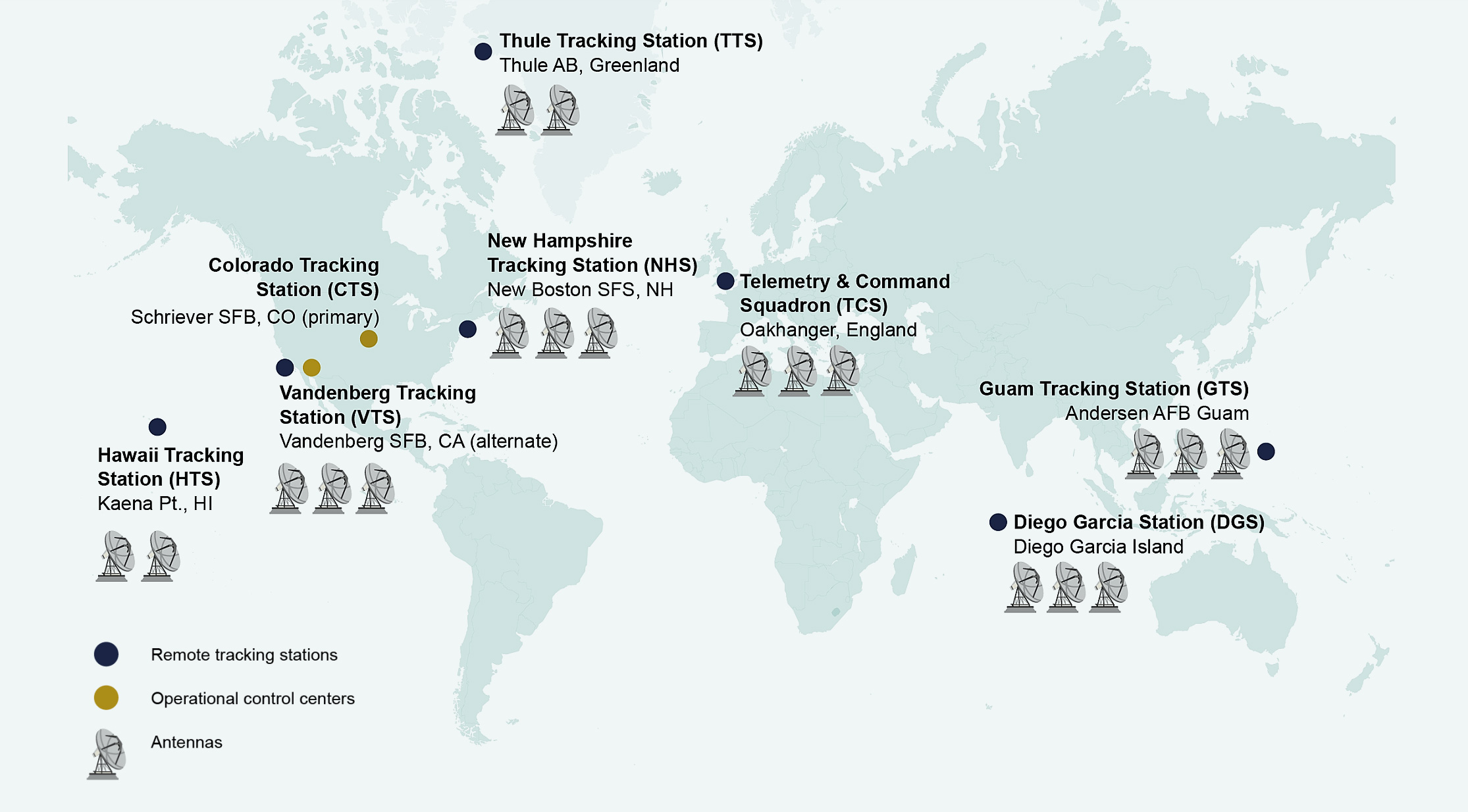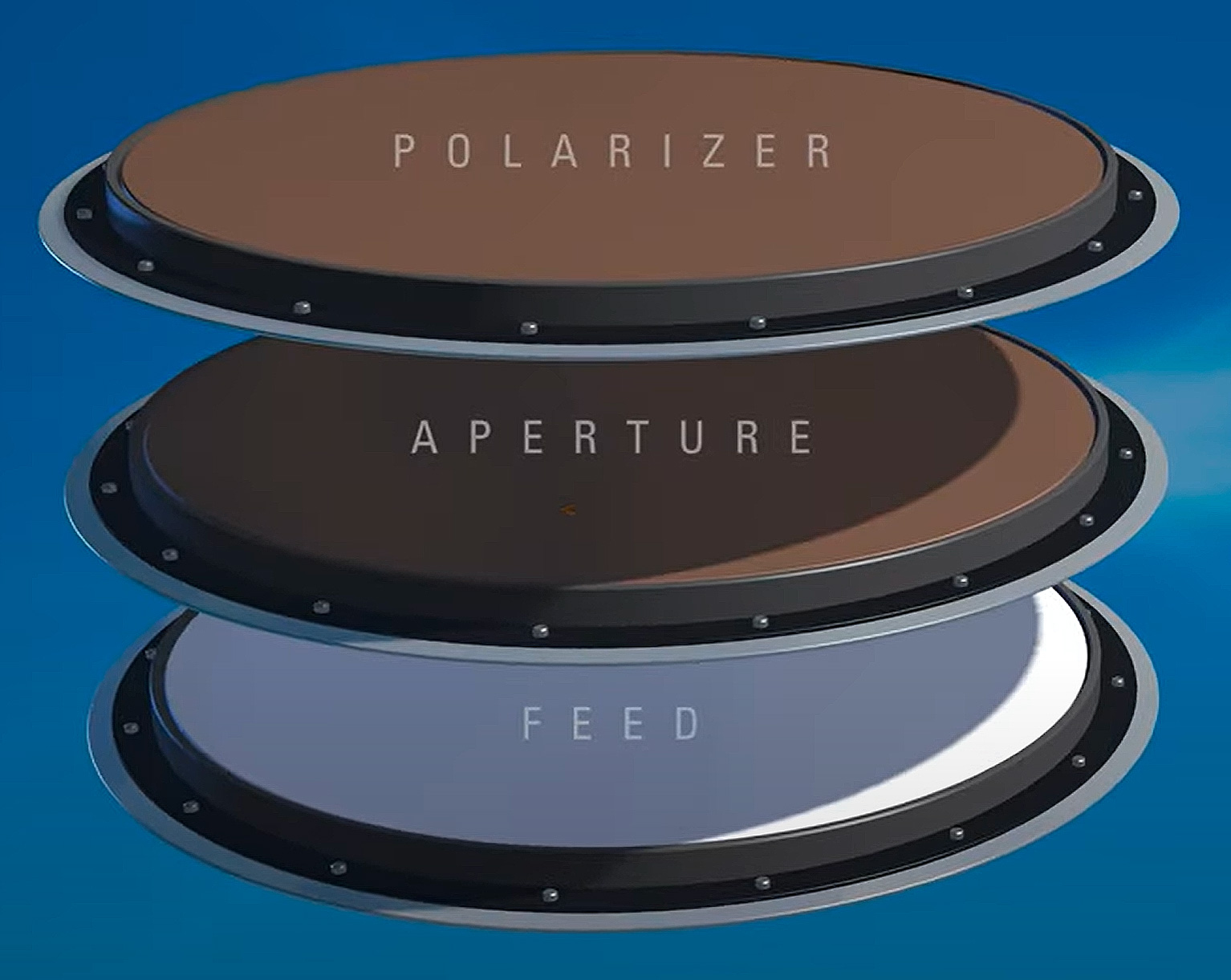


|
||
|
||

Might ChatGPT, which has access to the entire Internet, have come to a different conclusion than me? Stay tuned.
Three recent developments make me wonder whether we are on the cusp of a shift in satellite ground station technology from parabolic to electronically steered antennas (ESAs).

The U.S. Space Force operates the Satellite Control Network, with 19 parabolic antennas at seven locations around the world. The network was established in 1959, and a report by the Government Accountability Office found that it should be updated to help the Space Force better manage future efforts. Last year, The Space Force awarded BlueHalo a $1.4 billion contract to modernize space operations using their software-defined ESAs and the OpenSpace software-defined satellite ground system from Kratos. This article says they will upgrade 12 “ground stations” starting in 2025, which I assume means they will install 12 ESAs at the seven locations shown here.
In March, the Air Force Research Lab selected ThinKom for its next-generation gateway solution—an integrated array of ESAs. The following month, ground station operator Kongsberg Satellite Services (KSAT) and ThinKom announced a partnership to bring ThinKom’s gateway array to the commercial ground station market. The Air Force contract will help fund the development of the gateway, and the partnership plans to have a fully operational system in 2024.

ThinKom and KSAT are a good match. KSAT has experience operating ground stations with 270 antennas at 26 locations and ThinKom has a hybrid mechanical/phased array antenna design utilizing three rotating platters. Rotating the feed and aperture platters together steers the beam in azimuth; rotating them relative to each other steers beam elevation; and rotating the polarizer platter selects between left and right polarization. The partnership’s first commercial “customer” will likely be KSAT itself.
Finally, OneWeb will soon be online globally. Arctic Space Technologies is building a 27-antenna ground station for them, and it will be operational in the third quarter of this year. Given the short timeline, the antennas will probably be parabolic, but OneWeb is committed to and has signed a contract for multi-orbit service. I asked about the possibility of ESAs and got no reply.
I wrote the following list of advantages of ESAs in ground stations after visiting the sites and reading the articles I’ve linked to above and using a little common sense:
Prices may be high today, and standards not solidified, but with technical progress and increased production quantities, parabolic ground station antennas seem likely to go the way of vacuum tubes, mag tape, and core memories.
But the articles I read were about ESA projects, so the advantages may have been overstated. Might ChatGPT, which has access to the entire Internet, have done better or come to a different conclusion than me? Stay tuned.
Sponsored byRadix

Sponsored byVerisign

Sponsored byVerisign

Sponsored byIPv4.Global

Sponsored byDNIB.com

Sponsored byCSC

Sponsored byWhoisXML API
